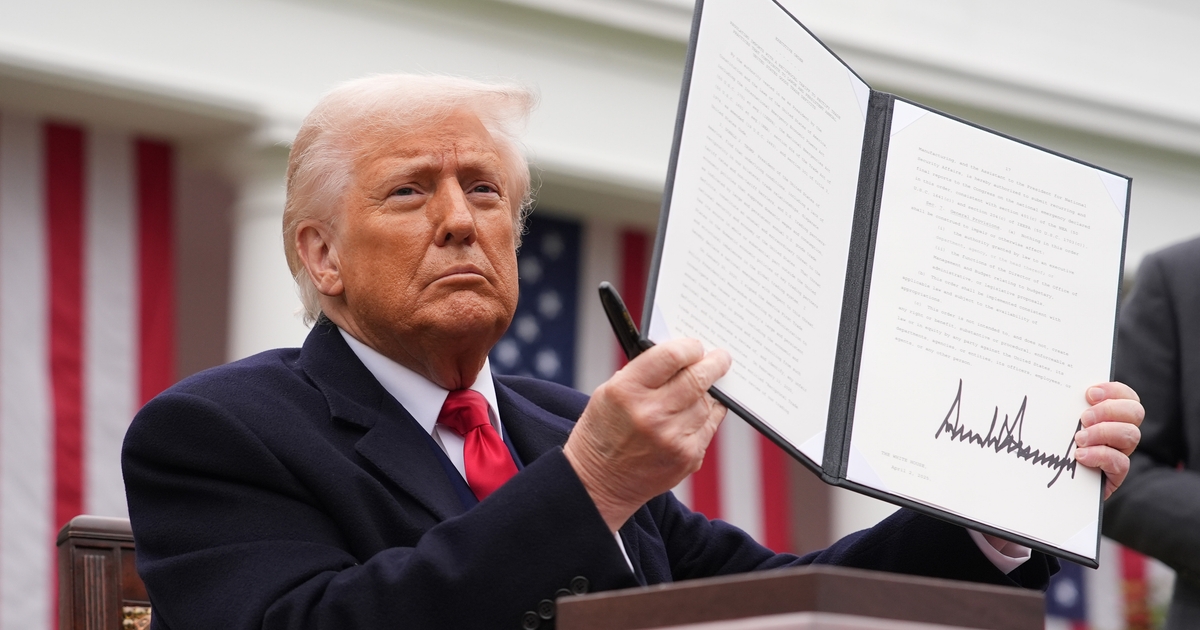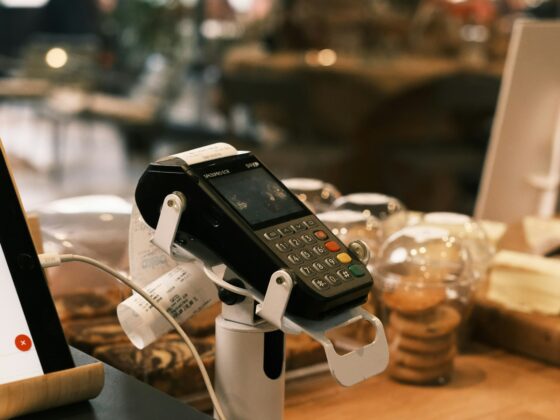
President Donald Trump announced yesterday a slew of global reciprocal tariffs in what he called a “Liberation Day” announcement, which fulfilled his campaign promise to fix a “persistent trade deficit.” The tariffs range from 10% (the minimum for all imports) to 46%, with China and the European Union facing 34% and 20% tariff rates, respectively.
The Trump administration has been widely criticized for its threat and implantation of multiple rounds of tariffs, including with Canada and Mexico, with Goldman Sachs now predicting a 35% chance of recession, up from a previous 20% prediction.
While the stock market reeled (the DOW dropped 1,400 points Thursday) in response to these new tariff rates, the threats of a global escalating trade war will likely impact all global industries, including restaurants. The stability of the U.S. food supply chain relies on strong trade partnerships with Mexico, Canada, the European Union and China, which are the nation’s strongest trade allies.
“Applying new tariffs at this scale will create change and disruption that restaurant operators will have to navigate to keep their restaurants open,” National Restaurant Association president and CEO Michelle Korsmo, said in a statement. “The biggest concerns for restaurant operators—from community restaurants to national brands—are that tariffs will hike food and packaging costs and add uncertainty to managing availability, while pushing prices up for consumers.”
Korsmo added that while many restaurant operators try to opt for American-made ingredients when they can, “it’s simply not possible for U.S. farmers and ranchers to produce the volumes needed to support consumer demand.”
The Texas Restaurant Association, meanwhile, is suggesting that restaurant operators communicate with their suppliers about pricing and consider alternatives when sourcing ingredients.
“While we support strategic use of tariffs, the ongoing uncertainty tax surrounding these policies place significant pressure on our industry,” the Association said in a statement. “Increased tariffs will drive up food costs and further strain on both restaurants and consumers. This volatility threatens businesses, jobs and the dining experiences that Texans rely on and enjoy.”
Some of the imported products that the restaurant industry is keeping an eye on include wine and spirits, particularly Champagne and Scottish whiskey, which both face the aforementioned 20% European tariff rate. Additionally, the United States imports the vast majority of its coffee and chocolate beans from Latin America, according to the USDA, and Brazil and Colombia both face rates of 10%.
Vietnam received the highest tariff rate on Trump’s list of countries at 46%, and according to VietFish Magazine, Vietnam’s seafood exports to the U.S. reached $1.5 billion in 2024.
Contact Joanna at [email protected]





